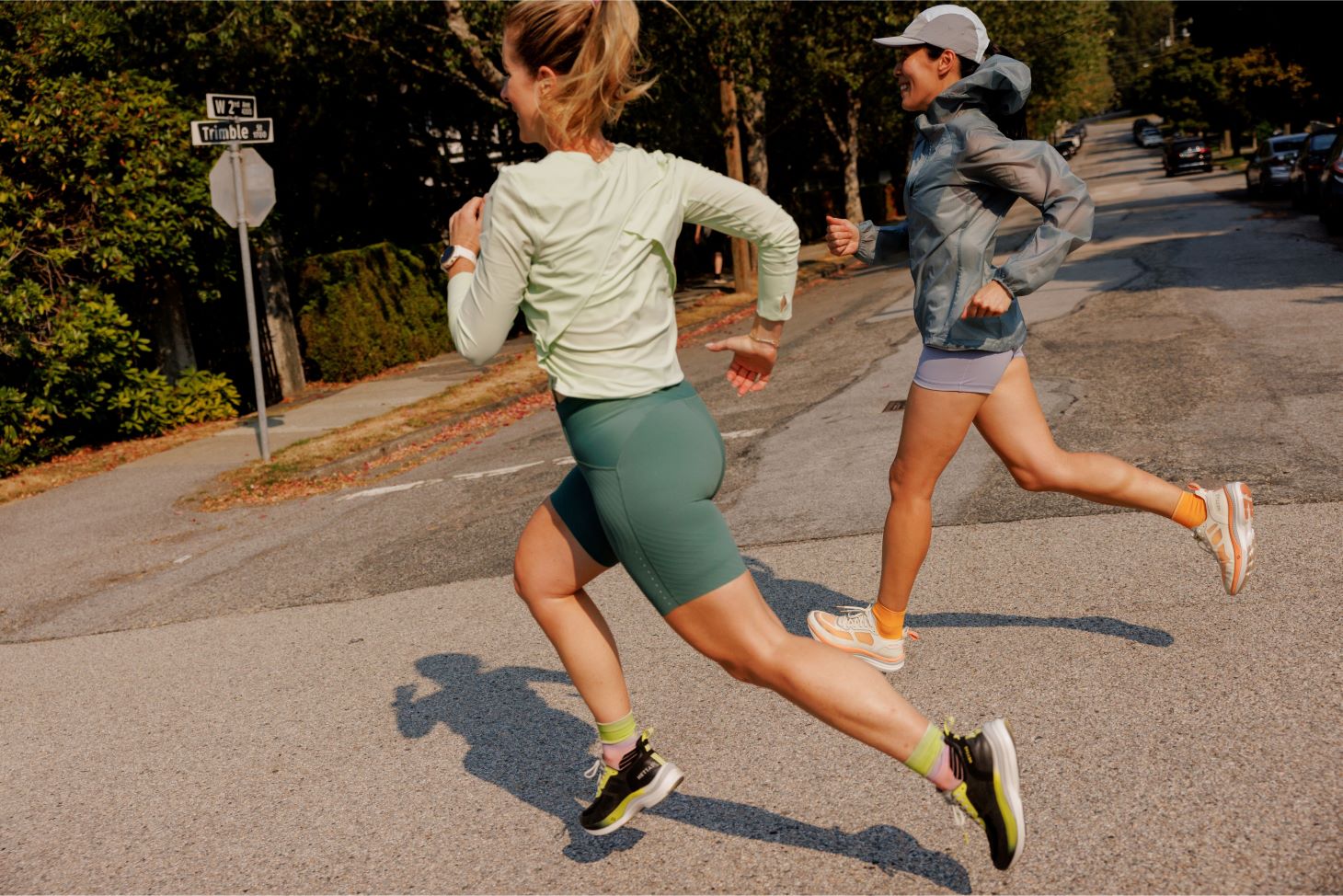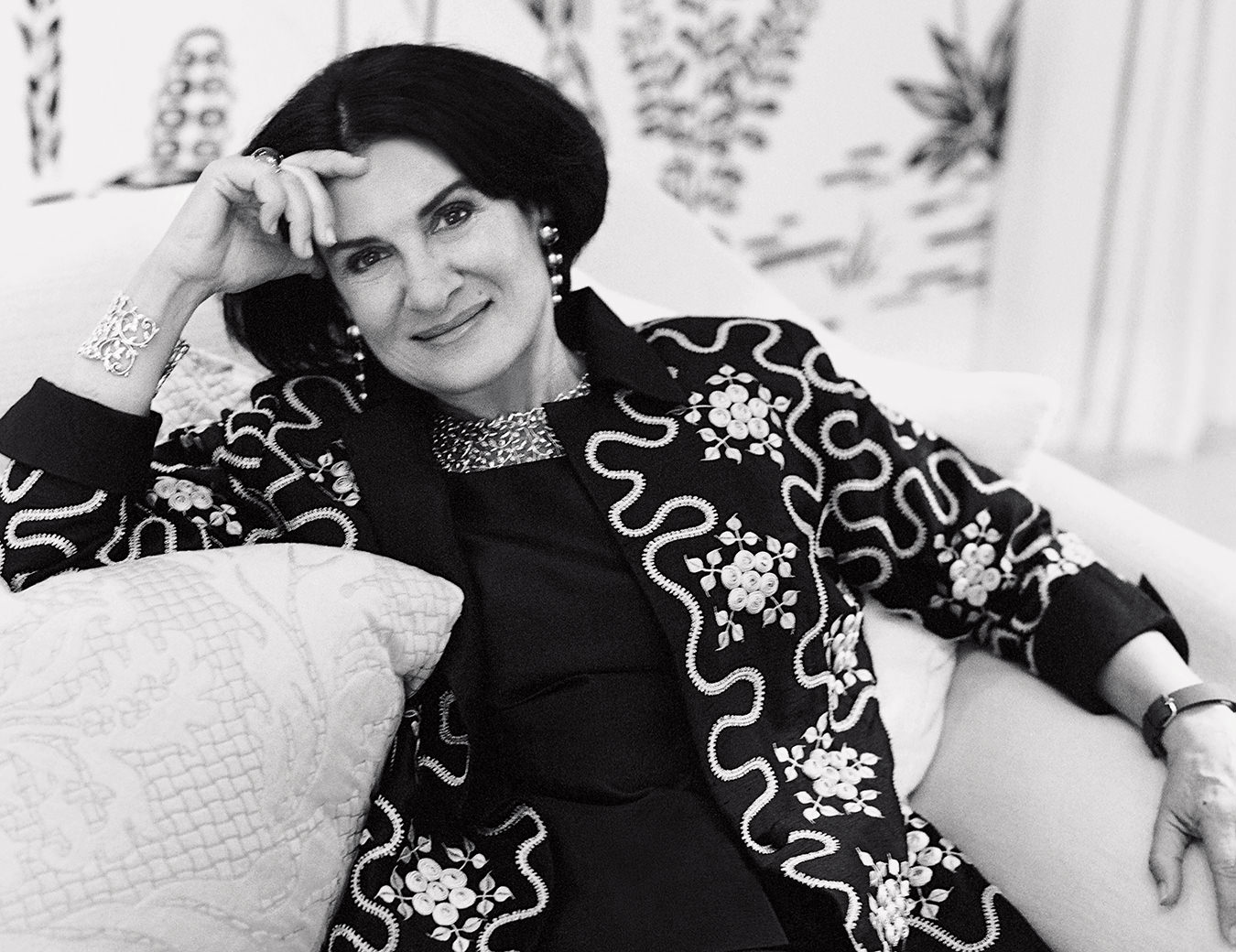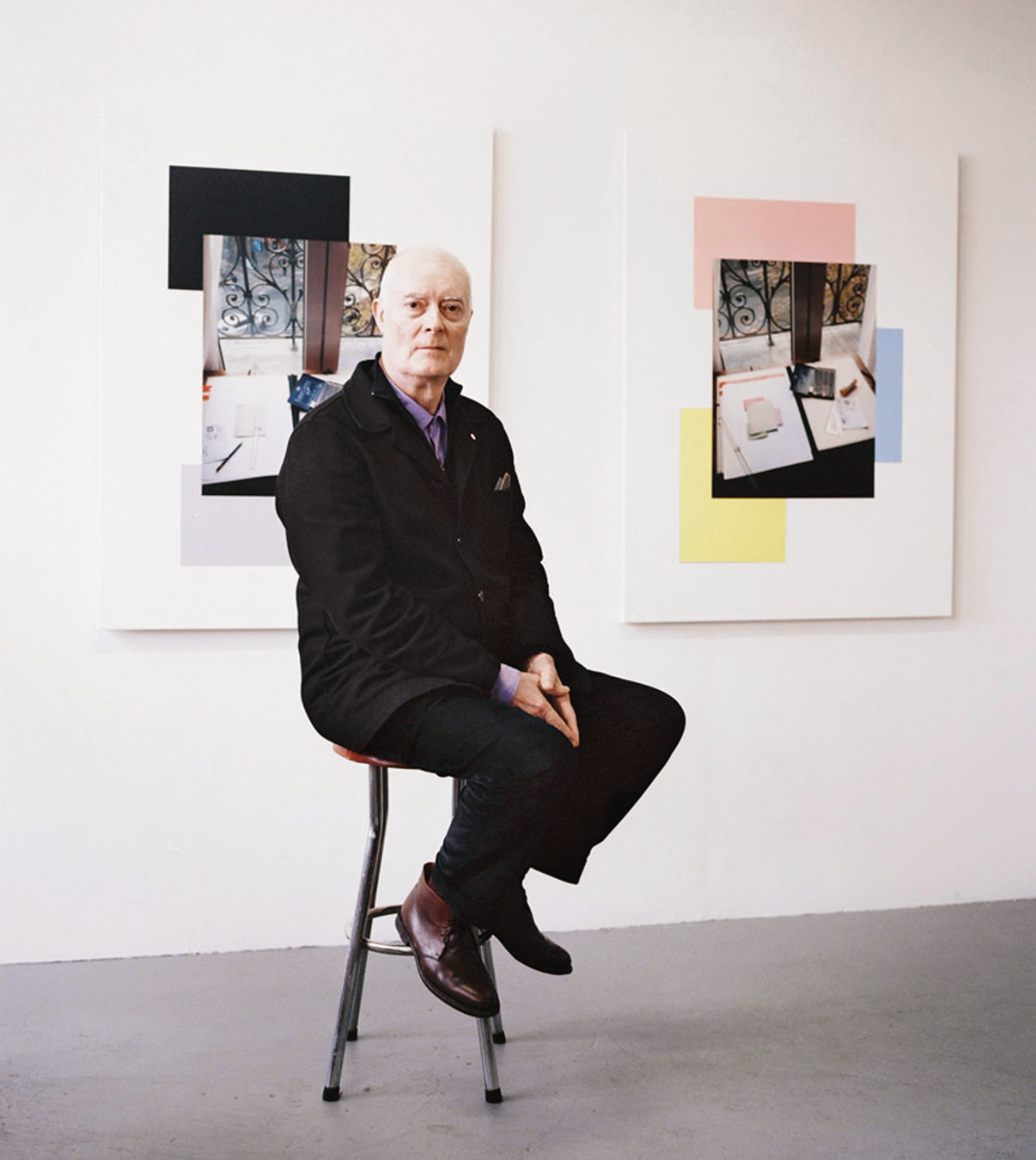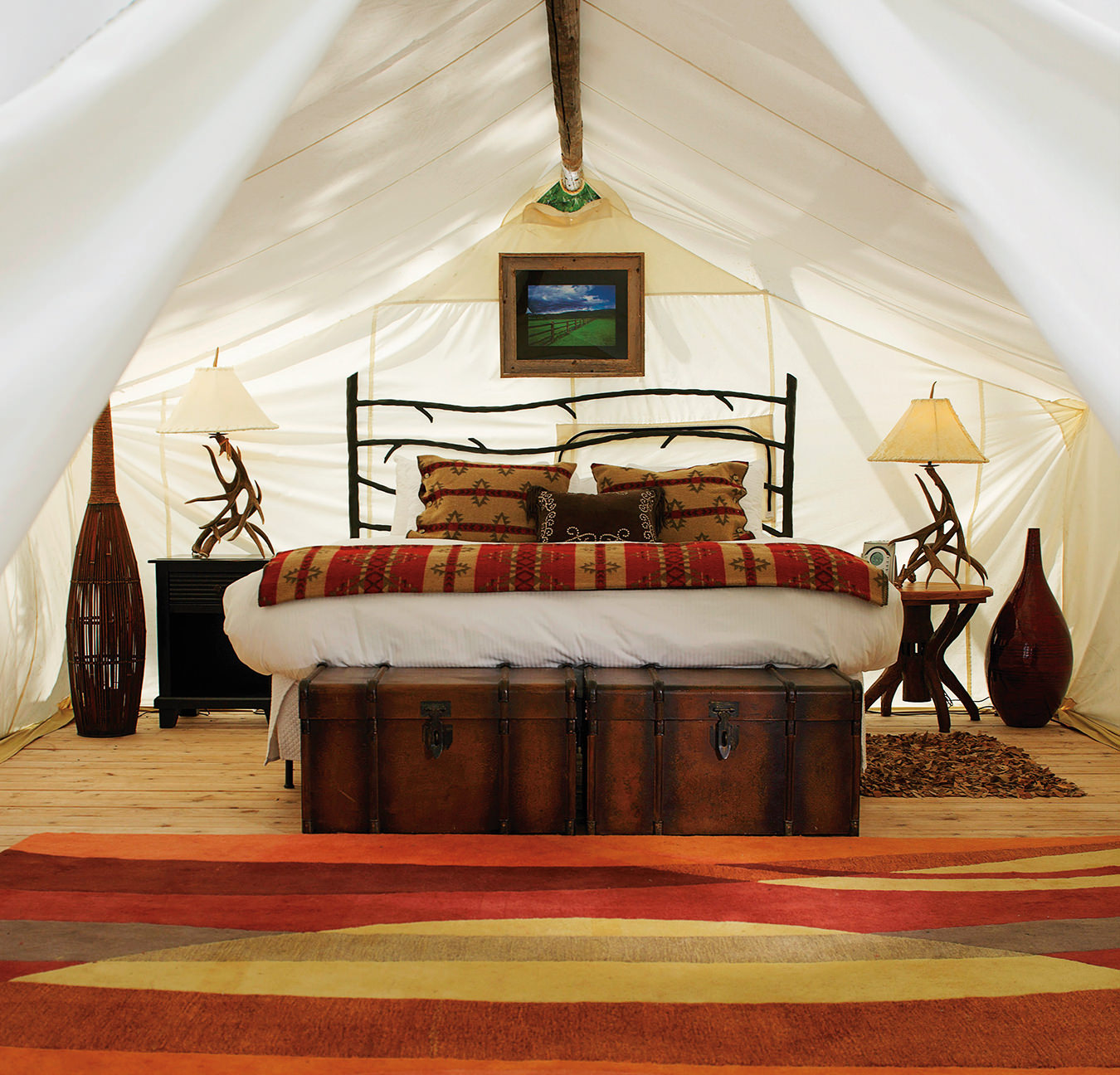The Canadian Running Shoe Brand Made Specifically for Women
Vancouver’s Hettas aims to empower women with high-performance running shoes.

Laced up in her Hettas, Lindsay Housman, the founder and CEO of the Vancouver running shoe brand, strides along Vancouver’s shoreline in her performance running shoes, on her way to take a lunch break at the tennis courts. In moments like these, Housman isn’t worried about her list of to-dos as an entrepreneur or the demands of motherhood to her twin daughters. And she’s certainly not worried about her feet.
After its start just years ago, Hettas was propelled by the sneaker industry’s functional disadvantage. In Housman’s words, most running shoes “just are not made for women.” Physiologically, women’s feet are different from men’s, with a narrower heel, lower ankle bone, and smaller rounded instep. Running shoes are also not typically made for the higher arches, greater toe splay, and upward-angled toes in women’s feet, or their more prominent bunions.

Hettas comes from Housman’s personal experience, when her slowly increasing pain became unbearable. This was frustrating, because she ran for the simple pleasure it offered in pivotal moments of her life. “When I was a new mom, I loved that I could just put on my running shoes and go.” She observes that when people face foot problems, it’s not long until “everything starts falling apart.”
“I couldn’t make it through a TurF class barefoot,” she says of the quintessential workout studio in Vancouver’s Kitsilano. “The pain was even impacting my ability to go on long walks. I wondered, if my feet had been considered by running shoe brands throughout my active life, would I be in this state?”

In taking action, the example Housman sets for her daughters—and that Hettas demonstrates for its wearers—is the value in not pushing ourselves to the limit. As women age, their physiological needs and differences become more pronounced, making it essential to design shoes that support women’s feet.
Knowing there was no place in her active life for her foot pain, Housman reflects on the difference an early model of her shoes made. She experienced the simple joy of taking an active part in the leisurely pleasures which she lives by now. “I almost cried. To be able to finish a tennis game and walk home was freedom.”




